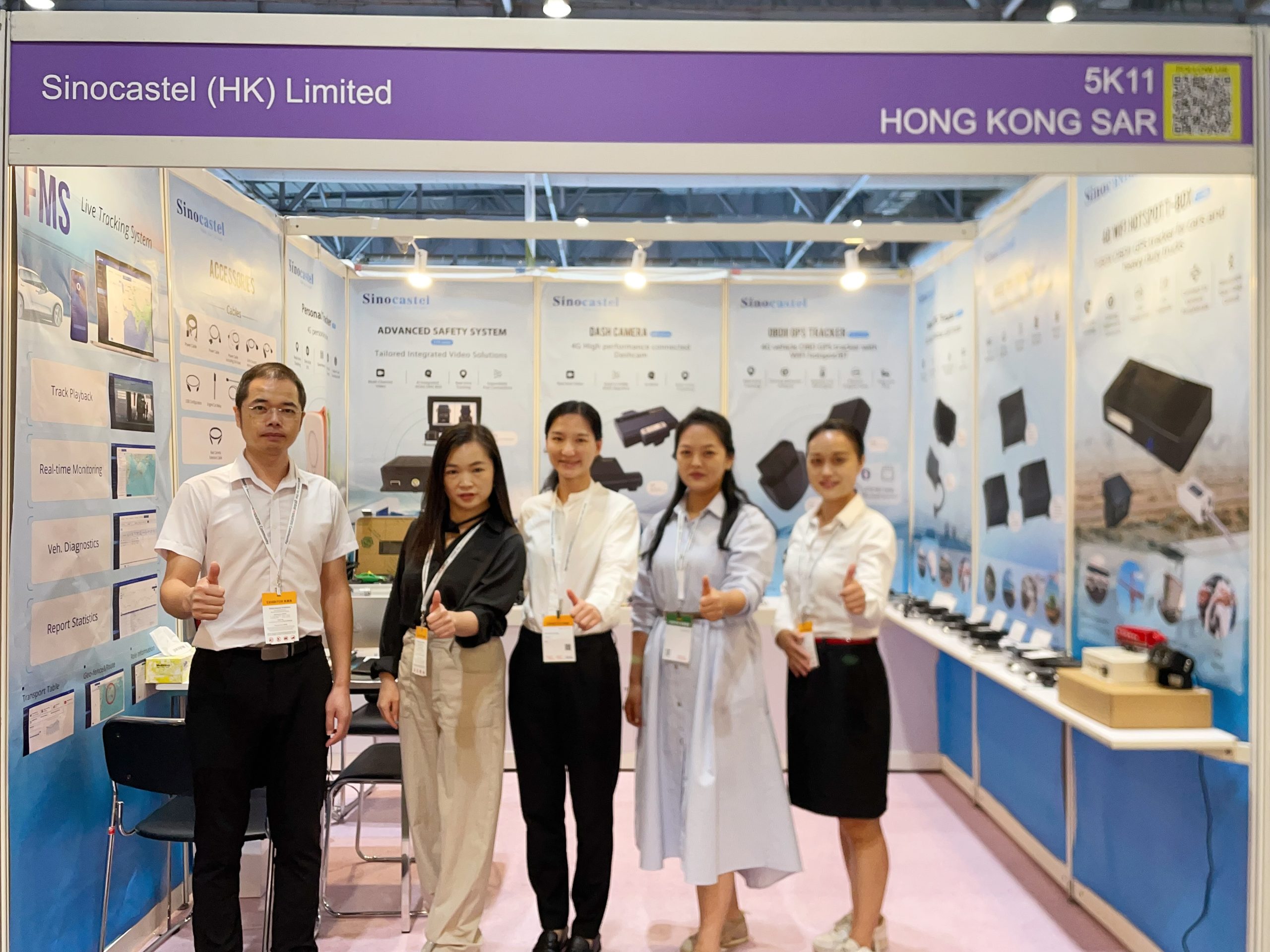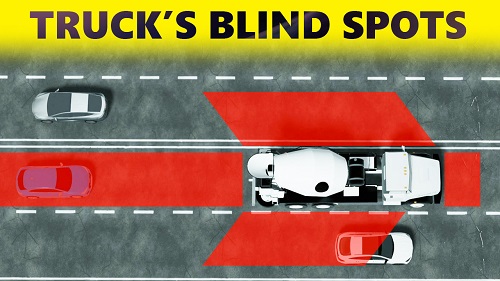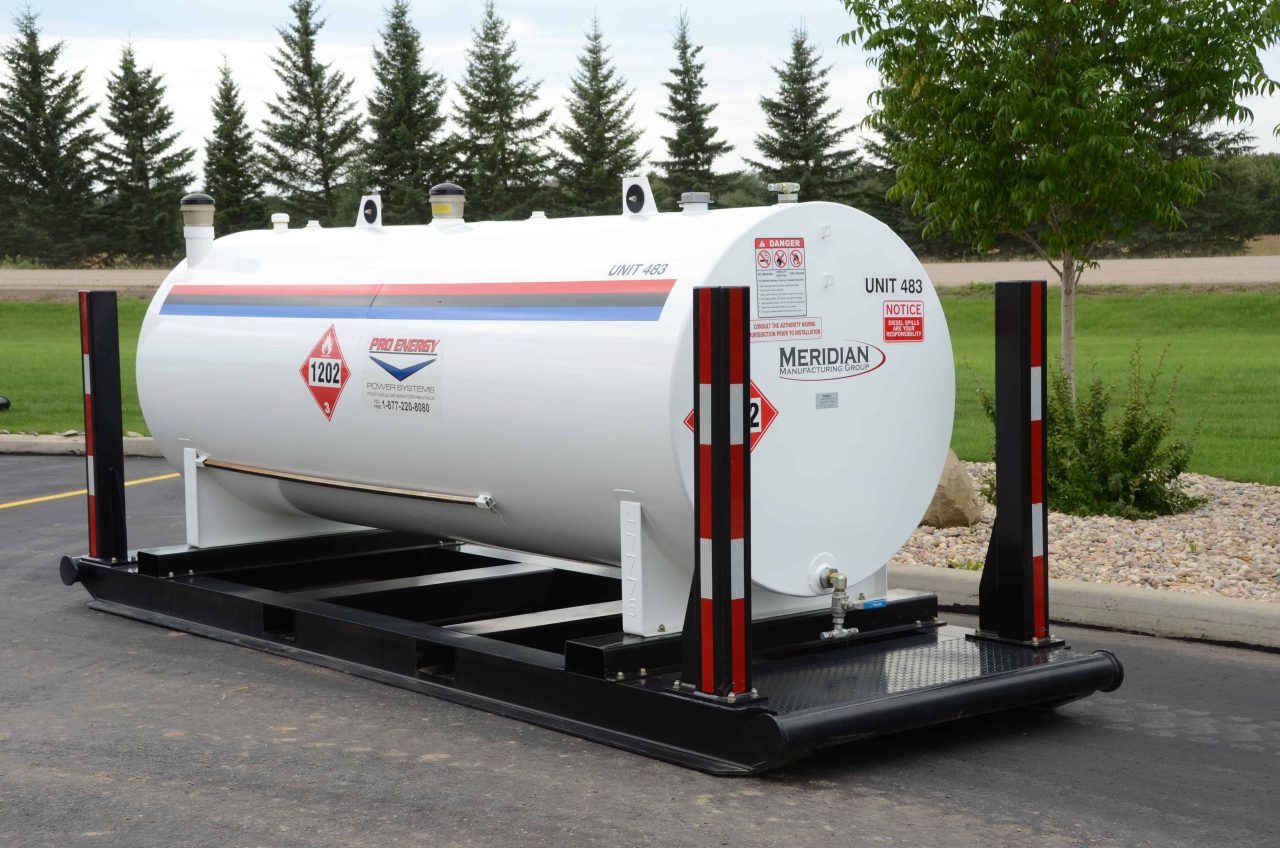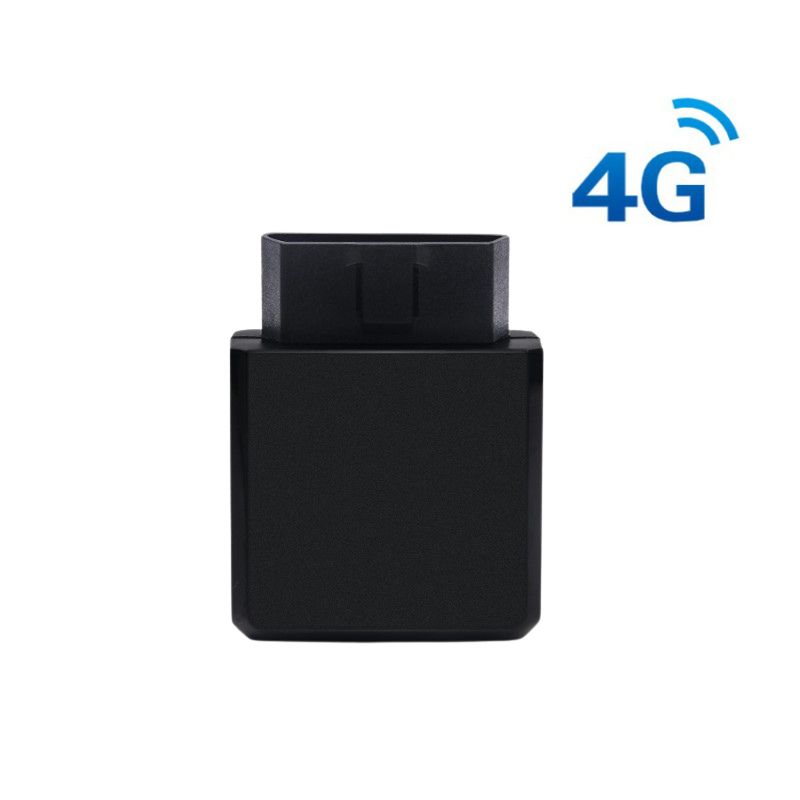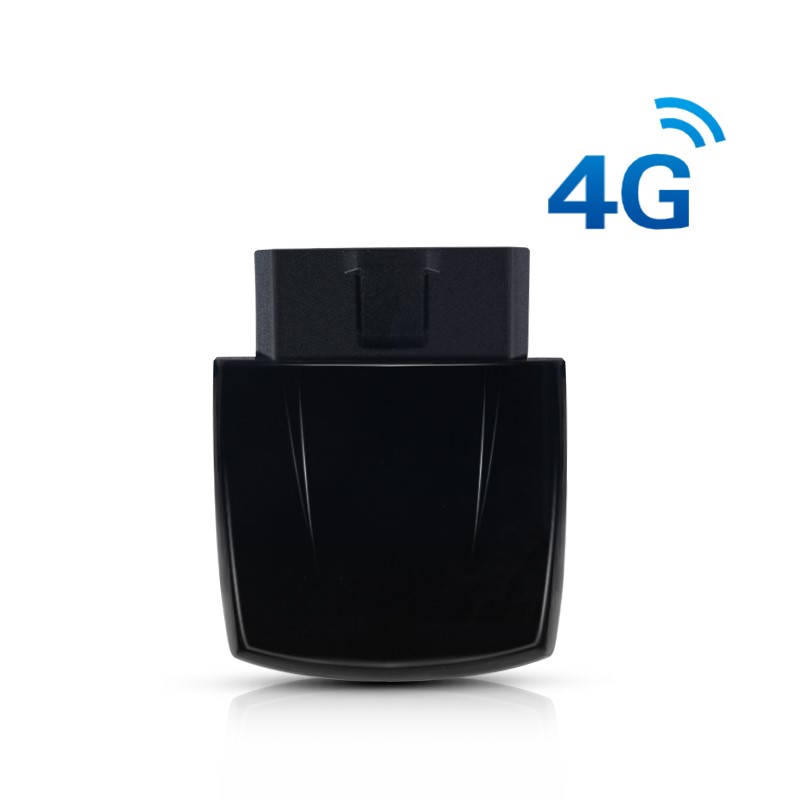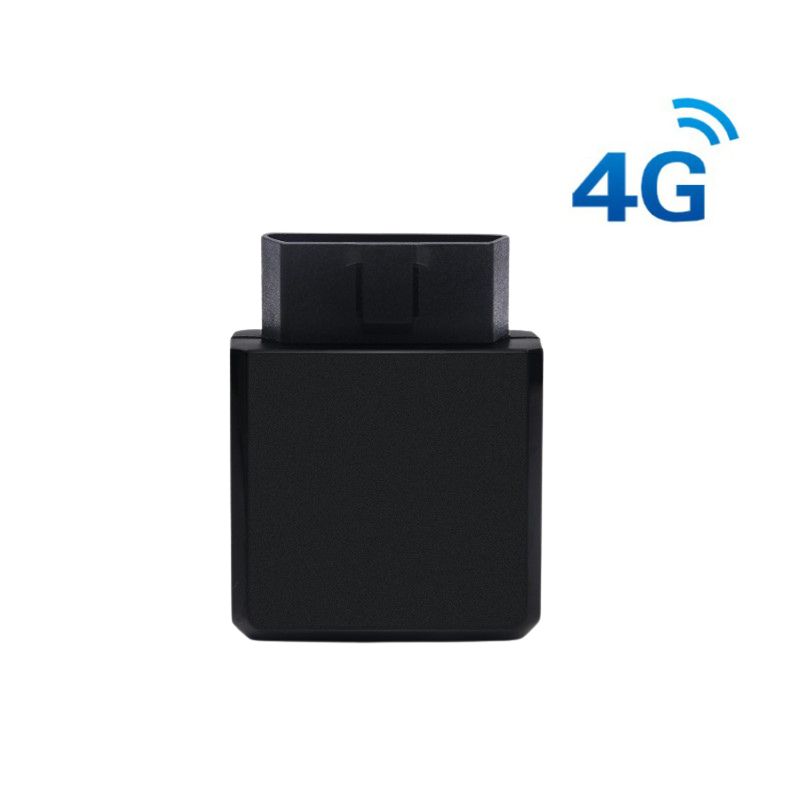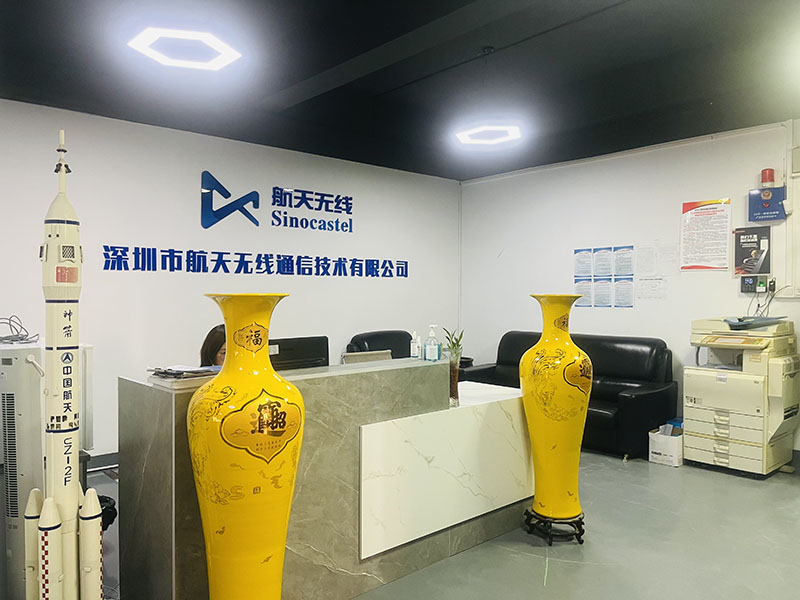OBD (On-Board Diagnostics) trackers are widely used in the Internet of Vehicles (IoV) industry for real-time vehicle tracking, diagnostics, and fleet management. These plug-and-play devices are typically installed directly into the OBD-II port of a vehicle, drawing power directly from the car battery. However, many OBD trackers also come with an internal backup battery to ensure continuous operation even when disconnected. So, what is the general battery capacity of an OBD tracker, and why does it matter?
Typical Battery Capacity Range
The internal battery capacity of most OBD trackers typically ranges between 100 mAh and 300 mAh. Unlike standalone GPS trackers, OBD devices rely on the vehicle’s power most of the time, so the internal battery is not the primary power source. Instead, it acts as a backup, keeping the tracker active for a limited time after disconnection or tampering.
Example:
A typical OBD tracker with a 200 mAh Li-ion battery may last 1–3 hours in power-off scenarios, depending on how often it transmits data and whether it supports power-saving modes.
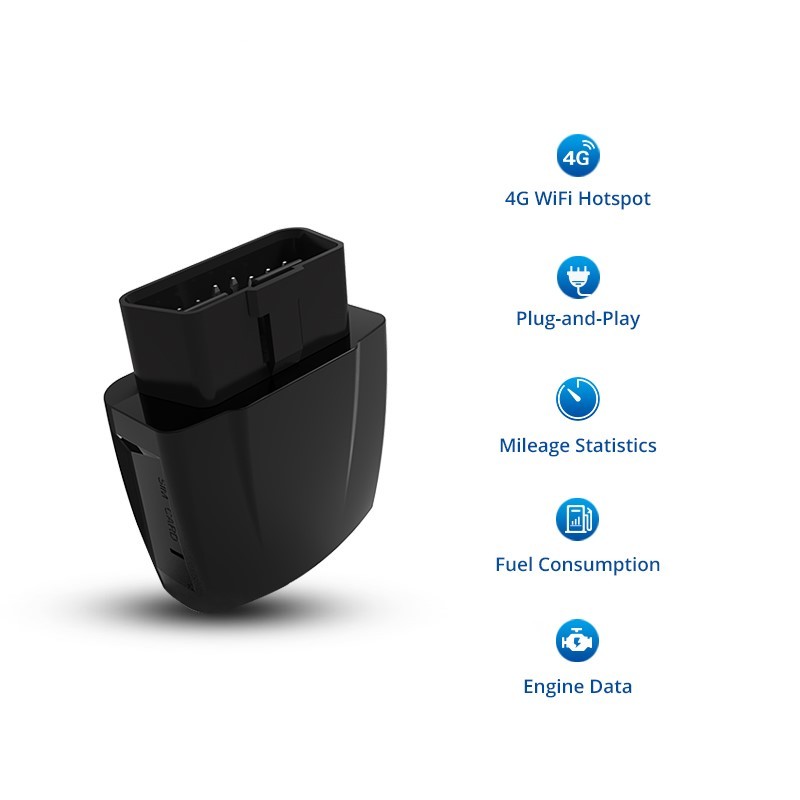
Technical Analysis
1. Power Consumption
The power draw of an OBD tracker depends on its hardware functions, such as:
GPS Module: Constantly tracking location consumes 20–50 mA.
4G/2G Module: Transmitting real-time data draws bursts of 100–200 mA.
Motion Sensors: If integrated, they use low power (<10 mA) and can trigger wake-up from sleep mode.
When idle or in deep sleep mode, some trackers reduce power draw to as low as 3–5 mA to conserve battery life.
2. Battery Type
Most OBD trackers use Li-ion or Li-polymer batteries because of their:
Small form factor
High energy density
Rechargeability and long cycle life
These batteries are automatically charged when the tracker is plugged into the vehicle’s OBD port.
3. Use Cases and Battery Implications
Fleet Management: Companies don’t rely on internal batteries because vehicles stay powered.
Anti-theft or Tamper Alerts: A built-in battery allows the tracker to send emergency location updates even when forcibly removed.
Stolen Vehicle Recovery: A backup battery can help law enforcement locate the vehicle for a short period after disconnection.
Comparison with StandAlone Trackers
| Feature | OBD Tracker | Standalone GPS Tracker |
| Main Power Source | Vehicle OBD port | Built-in battery |
| Battery Capacity | 100–300 mAh | 1,000–10,000 mAh |
| Backup Functionality | Short-term tracking | Long-term standalone use |
Conclusion
While OBD trackers are primarily powered by the vehicle, their internal batteries—typically between 100 and 300 mAh—serve a crucial role in security and data continuity. These small but efficient batteries enable the device to send last-known locations, detect tampering, and support emergency tracking when unplugged. For applications that require long-term battery life without vehicle power, a standalone GPS tracker is more appropriate. But for most commercial fleets and IoV solutions, a modest backup battery in an OBD tracker offers a perfect balance of reliability, safety, and functionality.
Tip: When selecting an OBD tracker, check whether the battery supports your specific operational needs, especially if tamper protection or temporary vehicle disconnection is a concern.
![]()


